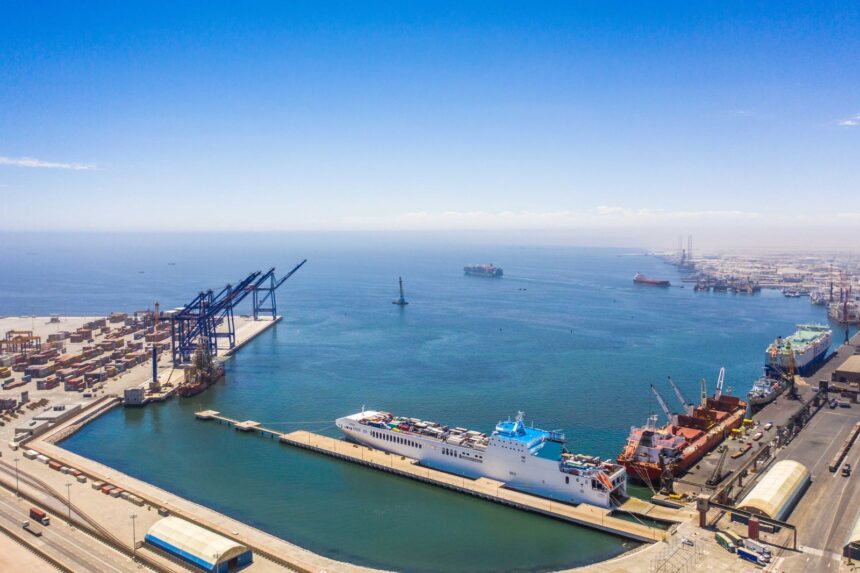For Namibia to strengthen its position as a trade hub and unlock new economic opportunities, the country must invest in trade logistics infrastructure, regulatory harmonisation, and export-readiness support for small and medium enterprises (SMEs). These interventions are critical to enabling broader market access for the country’s manufactured and agricultural products under the African Continental Free Trade Area (AfCFTA).
The AfCFTA is the world’s largest free trade area, bringing together the 55 countries of the African Union (AU) and eight (8) Regional Economic Communities (RECs). The overall mandate of the AfCFTA is to create a single continental market with a population of about 1.3 billion people and a combined GDP of approximately US$ 3.4 trillion.
According to the report issued by Simonis Storm Securities (SSS), Namibia’s engagement with the African Continental Free Trade Area (AfCFTA) is gaining momentum, marked by both statistical significance and real trade execution. In May 2025, Namibia exported goods worth N$5.3 billion to the African continent, while importing N$5.7 billion, resulting in a trade deficit of N$421 million. Intra-Africa exports accounted for 44.9% of total exports, while 49.0% of total imports originated from the continent, emphasising the central role of African markets in Namibia’s trade structure.
“Top intra-African export destinations included South Africa, Botswana, Zambia, the DRC, and Zimbabwe, with key exports comprising fish, precious metals, salt, and base mineral products. On the import side, Namibia sourced nickel ores, base metals, petroleum oils, and motor vehicles primarily from South Africa, Zambia, the DRC, and Morocco,” reads the SSS report.
The report further notes, Namibia’s trade sector registered a modest yet symbolically important surplus of N$121 million in May 2025, breaking a prolonged streak of monthly deficits and marking the first trade surplus since June 2020 (N$337 million). This turnaround is particularly striking when compared to the N$1.8 billion deficit in April 2025 and the N$3.4 billion shortfall in May 2024, signalling a shift in momentum for the external sector.
“The improvement in the trade balance was underpinned by a strong recovery in exports, notably from the mining and extractive sectors, while import demand softened, reflecting lower fuel inflows and moderating domestic consumption,” it reads.
Moreover, on a cumulative basis, exports for the year-to-date reached N$53.7 billion, up from N$44.8 billion over the same period in 2024, an increase that continues to highlight the country’s structural reliance on mineral exports as its key growth driver. Imports, meanwhile, stood at N$62.9 billion, slightly above the N$61.8 billion recorded a year earlier, affirming Namibia’s continued dependence on foreign goods, particularly industrial equipment, fuel, and intermediate inputs.


